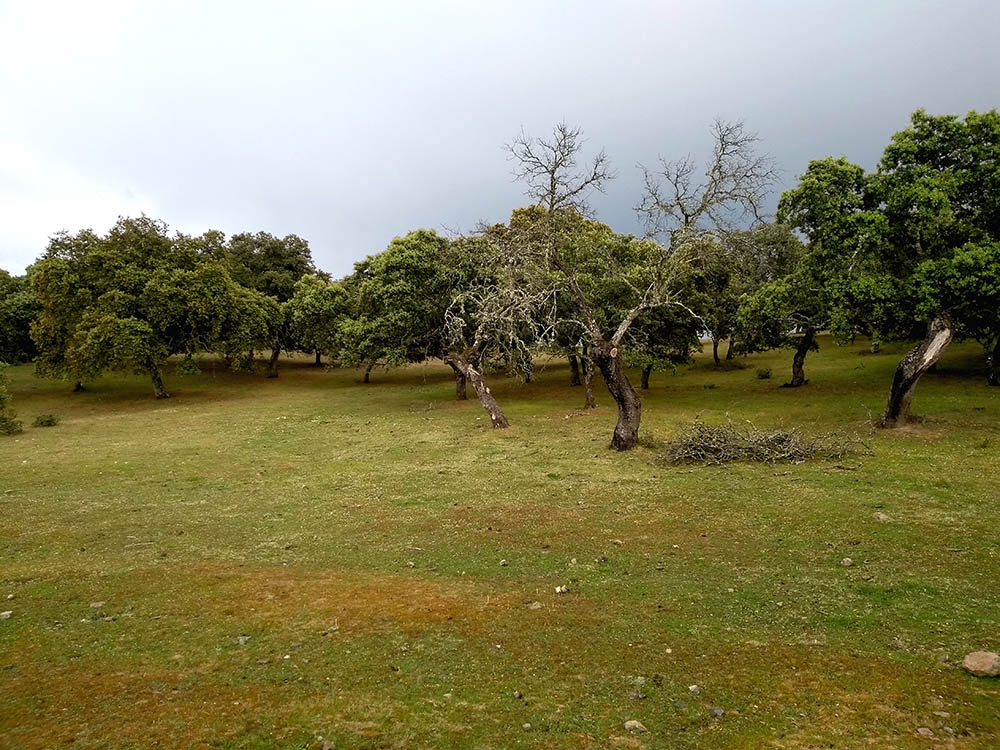Knowledge and monitoring of biodiversity
By Mercedes Muñoz Cañas and Marcos Valderrábano, The International Union for Conservation of Nature Centre for Mediterranean Cooperation (IUCN-Med)
Humans have inhabited and shaped Mediterranean landscapes for millennia, developing mutual relationships between themselves and the environment. But, how can we prove that some cultural practices are beneficial for biodiversity? This is the key question with which the project “Biodiversity Knowledge and Monitoring” started its path. As hard as the question is, as essential it is to solve it.
The real lack of knowledge on how to demonstrate and incentivize unique types of farming that sustain the correct functioning of the systems they are part of is driving agricultural landscapes to two polarized situations: abandonment and intensification. It is time to feature farmers using biodiversity-friendly practices because enhancing and recognizing their work, in harmony with the systems they depend on and which they sustain, is a must.
As part of efforts to restore West Bakaa landscape multi-functionality and its associated cultural practices, the Society for the Protection of Nature in Lebanon (SPNL) developed a management and restoration plan for degraded high mountain pastures in the Himas of West Bekaa in collaboration with the Environment and Sustainable Development Unit at the American University of Beirut and jointly implemented it with local municipalities and shepherds.
Five pilot sites were selected due to the agricultural mosaic they contain—rich in biodiversity and cultural practices—to prove that it is possible to maintain the livelihood of farmers while protecting biodiversity and ecosystems. The organizations working at each pilot site identified cultural practices to monitor, using different methodologies to showcase the relation between many decades of human activity with ecosystems and biodiversity.
After a bit over a year of work, progress in each site are starting to show results that will add to a database of cases where the links between cultural practices and biodiversity is well understood. Findings on the actual situation of agricultural landscapes show that there are many areas that still hold healthy agroecosystems rich in biodiversity; agroecosystems that, to avoid their disappearance, need protection and recognition.
Photo: ©The International Union for Conservation of Nature Centre for Mediterranean Cooperation (IUCN-Med)

